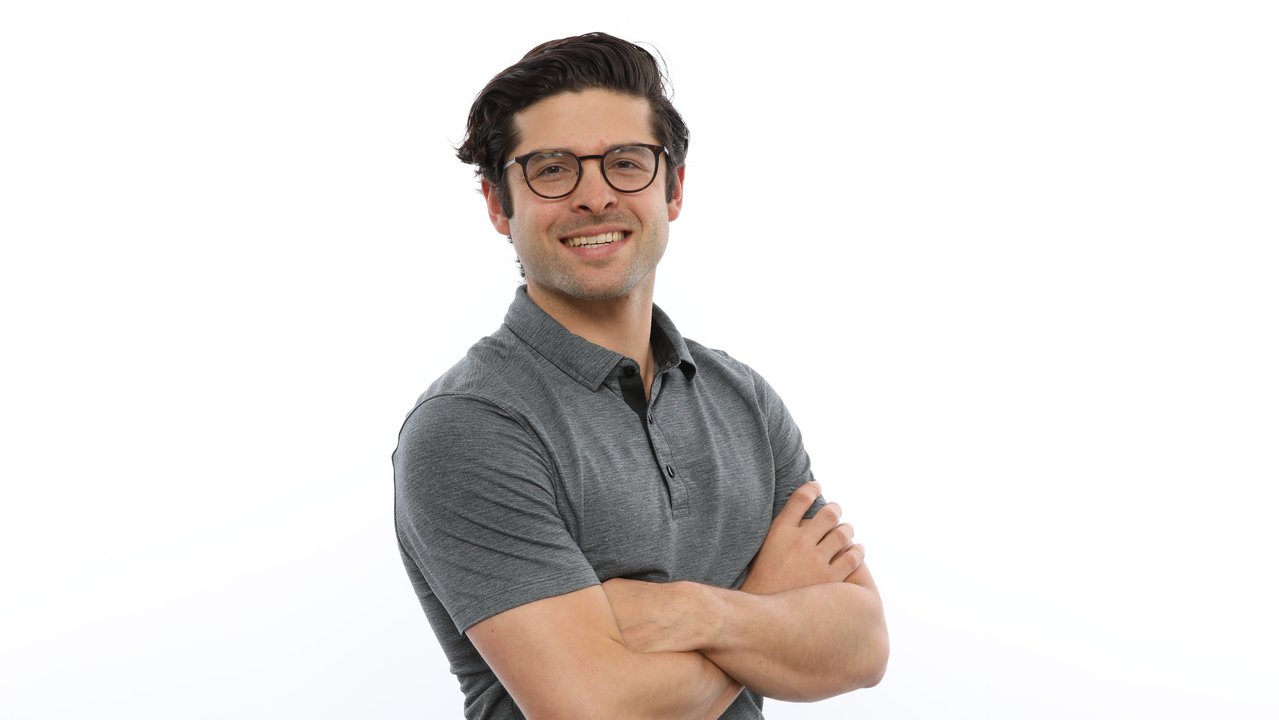Unfortunately no one ended the ski season the way they wanted to. The abrupt ending, as a result, has created an unprecedented high stoke level leading up to the 2020-21 winter season. And by November, you will probably be red-lining to get back onto snow. But, are you physically prepared for the 2020-21 ski season?
The typical ski season concludes in April, and while some of you would be going to a summer ski camp, this year COVID-19 has thrown a wrench into your plans. But that’s ok, because now you have more time to physically prepare for next season. When you break down the yearly ski training calendar into months and phases, June is the second to last month of the general preparation phase which is when you are building your cardiovascular endurance base (i..e conditioning) and performing light intensity strengthening exercises. Let’s start with the conditioning.
We’ve all been there. Sucking air at the bottom of the run, huffing and puffing at the top of a bootpack or skin climb. We always tell ourselves we need to have better cardio if we want to be skiing top to bottom and bell to bell. Well, this is the best time of the year to start building that cardiovascular base, specifically aerobic endurance. Recent research into the energy demands of skiing has revealed not much has changed over the last forty years which is nice for us. We have an agreed understanding of how to train the cardiovascular system for skiers. Aerobic energy capacity accounts for nearly half (46%) of the total energy used for skiing. Aerobic intensity refers to exercising at an intensity level where the oxygen in the body is able to produce energy to meet the physiological demands of the activity. This typically occurs when exercising at a continuous, steady state. This can be achieved in many different ways such as biking, hiking, swimming, walking, or the rowing machine. In talking to the likes of John Collinson and Jonny Moseley about their strength and conditioning, both are big proponents of running, with John preferring to hit the mountain trails to build his aerobic base. But, how do you objectively target the aerobic energy system?
Remember, this is still the early part of the traditional offseason, in which one of the goals is not to overload the body that could cause soft tissue injury later in the season. So, building your aerobic endurance is meant to be performed under a light intensity, steady state, or as mentioned earlier a continuous steady state. I love to use the Borg Rating of Perceived Exertion (RPE) scale, which is a scientifically validated objective measure, to know what intensity keeps me in my aerobic state. Look at the table below for reference.

You should be exercising at a level of 12 or lower to target your aerobic endurance. The Borg RPE numbers have also been shown to correlate to heart rate. For example, a Borg RPE score of 7 is correlated to a heart rate of 70 beats per minute. This can be very helpful for people if they prefer using their heart rate to guide their exercise intensity. So, if you choose to do trail running like John Collinson, then pick a trail that you know will allow you to keep your RPE score below 12 for 20-30 minutes, and do this 2-3x/week. While building your aerobic base is great, let’s not forget about what strengthening looks like during this phase.
In line with earlier thinking, strengthening during this phase is intentionally programmed to be light to prevent overloading the body that could cause soft tissue damage later in the season. Your strengthening exercises should include calisthenics that incorporate body weight core and jumping exercises within safe parameters. Take a look at the list below for an example of skiing-focused calisthenic strengthening exercises to be performed during the month of June. All exercises are prescribed to be performed in a circuit of 3-4 sets and 12-16 repetitions, 2-3x/week:
Inverted Rows with barbell or TRX
Single Leg Romanian Windmill Deadlifts
Good luck in using this information to get you back on track to becoming ready for the next winter ski season. Let’s check back in July when I will break down the next phase of training you should be doing to improve your skiing performance.
Dr. Benjamin Costa, PT, DPT
Telephysio PT, Owner
United States Ski Team Rotational Physical Therapist


Comments